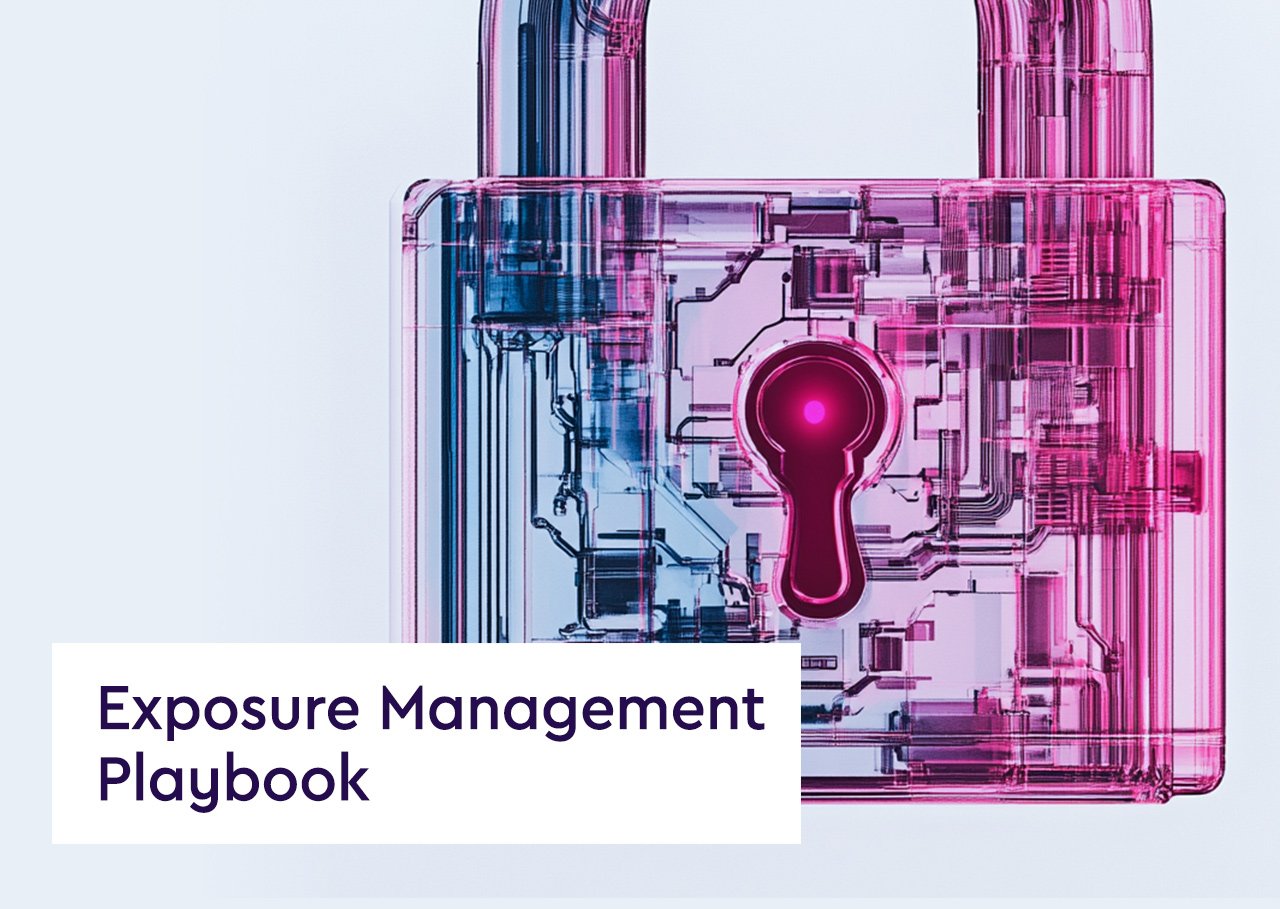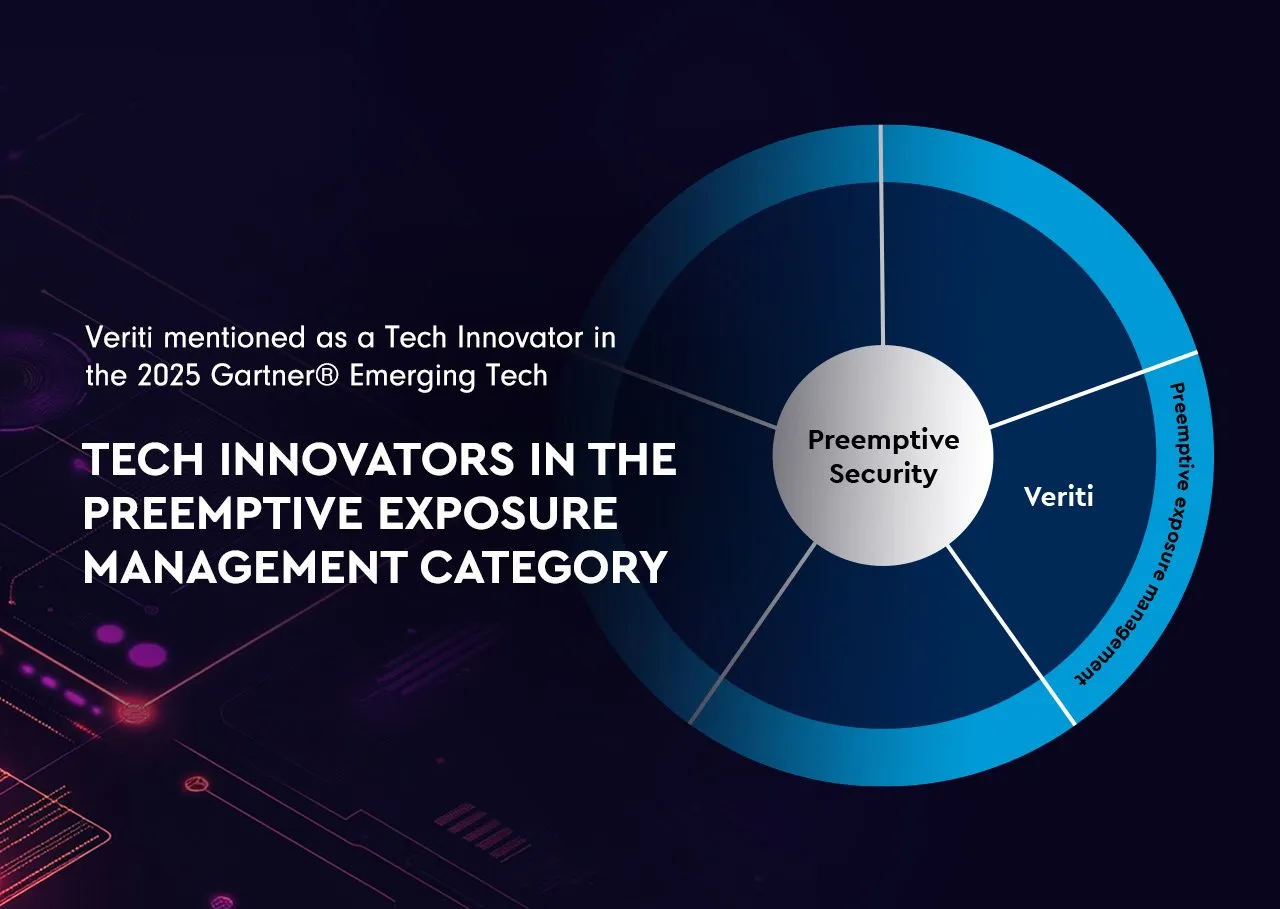Definition: Cloud Detection & Response (CDR) is a cybersecurity approach focused on identifying, investigating, and mitigating threats specifically within cloud environments. CDR tools and practices are designed to provide comprehensive threat detection, continuous monitoring, and rapid response capabilities for assets hosted on cloud platforms.
Key Components of CDR:
- Threat Detection: Utilizing advanced analytics, machine learning, and other detection technologies to identify potential security threats and anomalies in real-time.
- Incident Response: Providing tools and processes that enable rapid containment and mitigation of threats to minimize damage.
- Continuous Monitoring: Monitoring cloud environments 24/7 to ensure ongoing awareness of the security state and to detect malicious activities or policy violations.
- Integration with Cloud Infrastructure: Seamlessly integrating with existing cloud services and infrastructure to leverage native logs, metrics, and alerts for enhanced visibility and control.
Benefits of CDR:
- Enhanced Security Posture: Improves the overall security of cloud environments by providing specialized tools to detect and respond to threats.
- Reduced Incident Response Time: Accelerates the response to security incidents, reducing the potential impact and downtime.
- Compliance Assurance: Helps organizations meet compliance requirements by providing detailed logging, reporting, and response capabilities.
- Scalability and Flexibility: Adapts to the dynamic nature of cloud computing, providing scalable solutions that grow with organizational needs.
Common Challenges in Implementing CDR:
- Integration Complexity: Integrating CDR solutions with diverse cloud architectures and services can be complex and may require significant customization.
- Skill Gaps: Requires specialized knowledge to manage and optimize CDR tools effectively, necessitating training or hiring of skilled personnel.
- Alert Fatigue: High volumes of alerts can lead to fatigue, making it challenging to identify and respond to genuine threats efficiently.
Best Practices for CDR Implementation:
- Strategic Planning and Deployment: Carefully plan the deployment of CDR solutions to ensure they are aligned with organizational security policies and cloud architecture.
- Regular Updates and Maintenance: Keep CDR tools and systems updated to protect against new vulnerabilities and attack vectors.
- Collaboration and Training: Foster collaboration between cloud teams and security teams to ensure effective use of CDR capabilities. Regular training helps teams stay proficient in handling and responding to incidents.
- Layered Security Approach: Combine CDR with other security measures such as encryption, identity and access management, and endpoint protection to create a layered defense strategy.
Cloud Detection & Response is essential for maintaining the security and integrity of cloud-based resources. As organizations increasingly move critical functions and data to the cloud, implementing CDR capabilities becomes crucial to protect against evolving cyber threats. By adopting CDR, organizations can enhance their ability to detect, analyze, and respond to incidents promptly, ensuring continued trust and compliance in their cloud operations.
—




